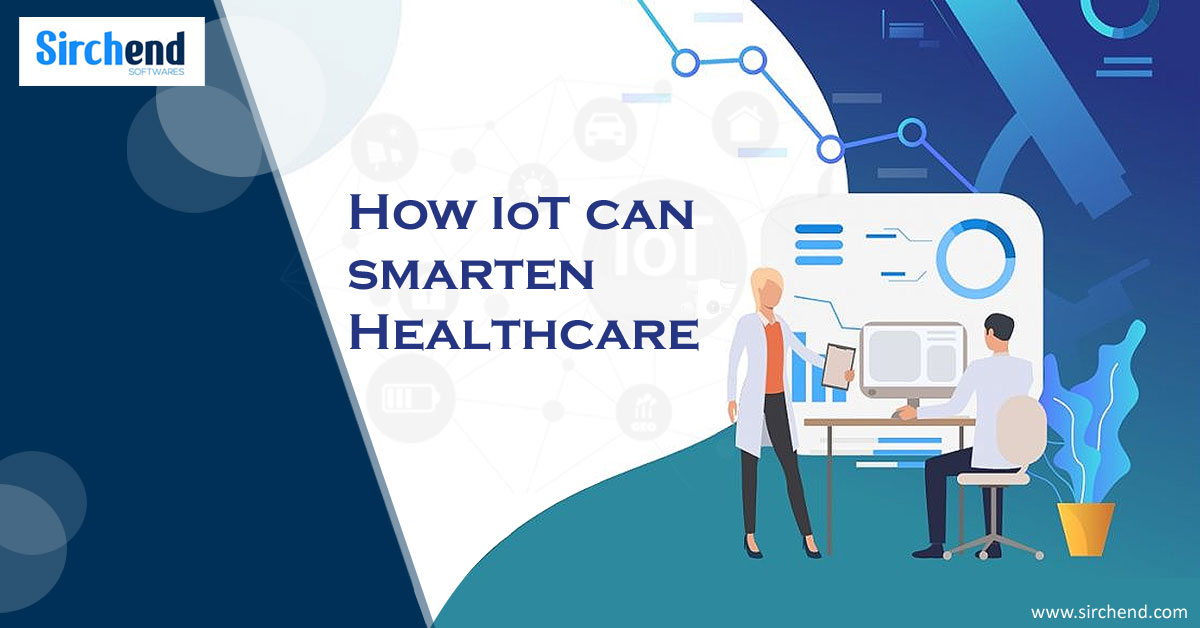The Internet of Things smartens regular objects. If so, how advanced could the health industry be!
A market study report shows that IoT was USD 55.5 billion back in 2019. Plus, it’s bound to increase at a CAGR of 20.8% by 2025.
In addition, the COVID-19 pandemic crisis has turned all things digital. More power to the IoT potentials and other similar tech innovations.
Here’s how IoT improves health services
In the contemporary world, all tasks are driven by new technology. Artificial Intelligence, Cloud Computing, Big Data, etc. will team up to build a smarter future globally.
1. Pillars of Smart Healthcare
Smart healthcare systems emphasize the individual needs of the people in question.
Tech-driven systems offer better support, care, boost service experience and ensuring high control for providers.
In addition, they focus on primary individual needs making the treatment and care more efficient.
2. Intelligent Medical care with health data
What’s so exciting about IoT medical care? It’s data driven.
That is, the system reflects on information before drawing an insight which then will be presented to proceed further steps associated with it.
To be precise, IoT improves health services by absorbing data consistently for a refined task delegation.
In fact, all courses of life have now become information based. It is only through data that today’s technology is so successful thanks to the involvement of AI as well.
This way, the care that the concerned receives is personalized. That is, he receives not a generic but a treatment that is suitable for his health. And IoT determines this through data only.
3. Patient-centered care
Keeping the patient at core is the target of all health products and the like.
Today’s signature attraction in technology is the trait of personalization. That is, each patient would get the treatment that fits their health condition and necessity.
But how exactly?
IoT improves health services by studying the patients’ health history and the current to develop smarter decisions that will be effective. Thereby, the presence of complete efficiency is ever-present.
4. Let’s you act when there’s still time
Health monitoring systems lets people act when there’s still time. Lack of update from the patient’s end about his health for some time may raise an alert regarding a critical case.
And this is how people can rush to the concerned and take actions that, if taken lately, wouldn’t have worked.
In this way, IoT improves health services to prevent the worst with regular monitoring.




























